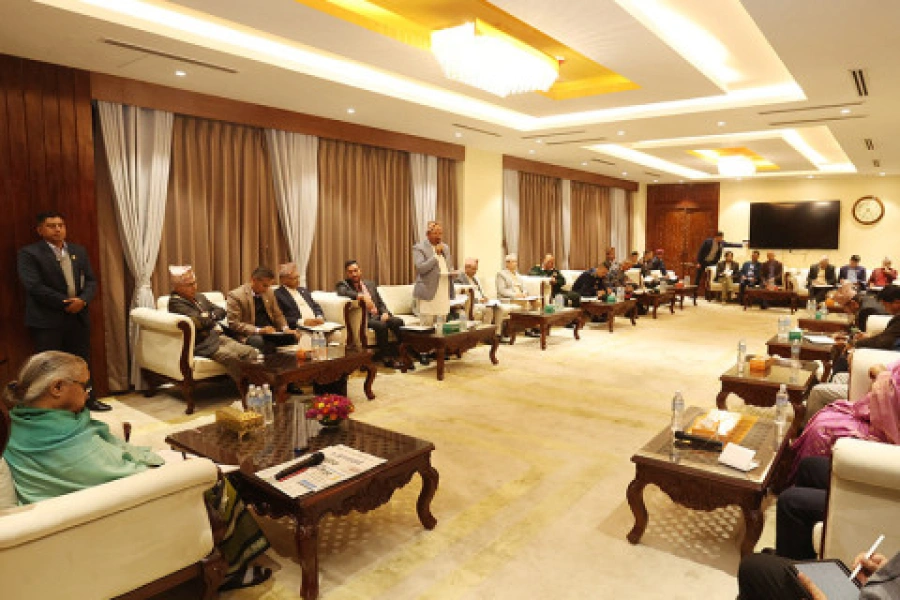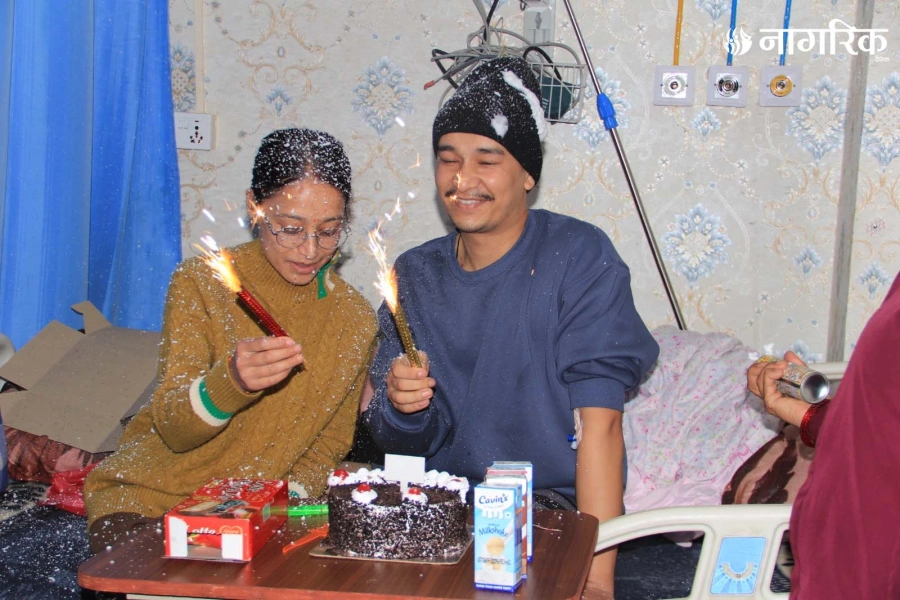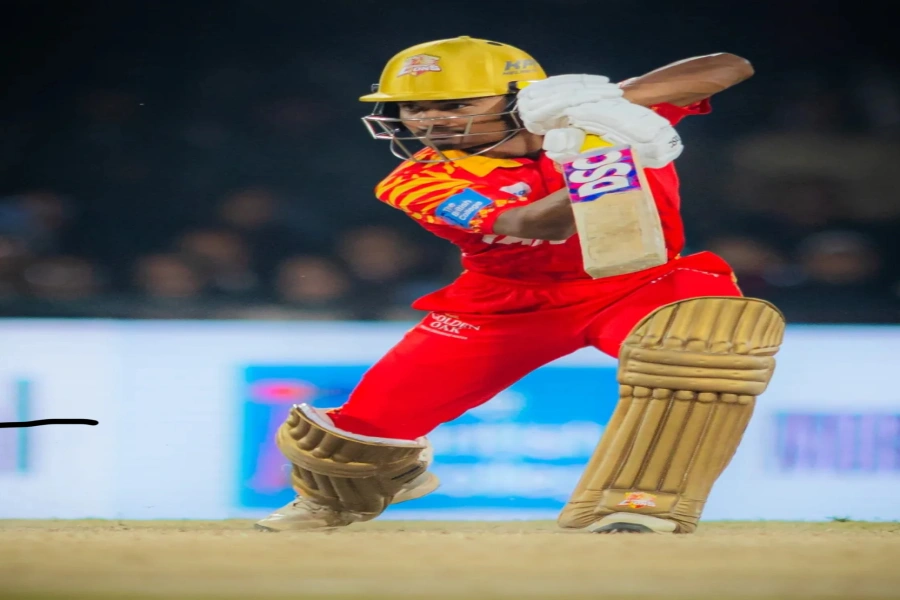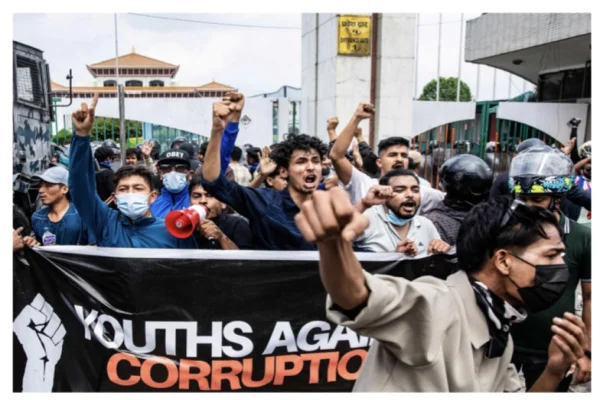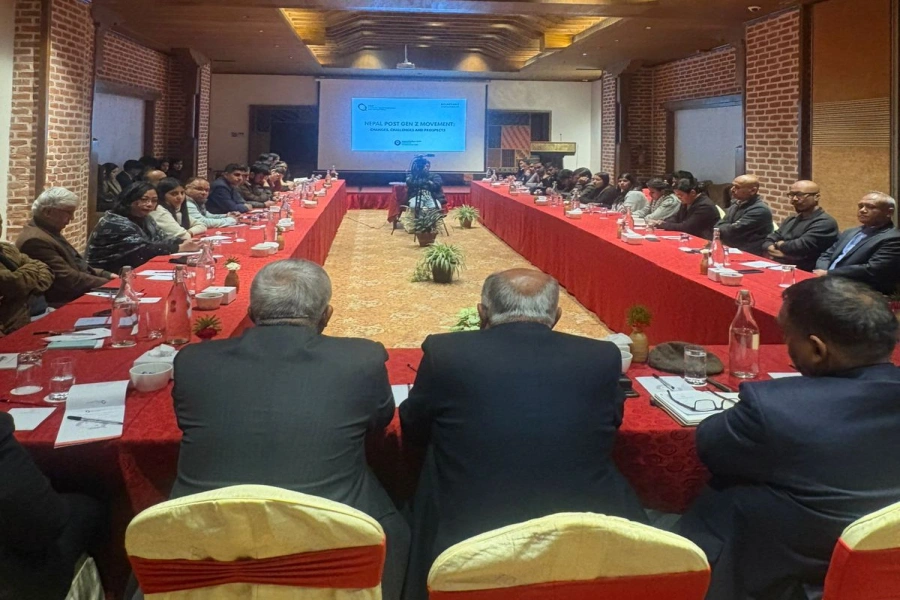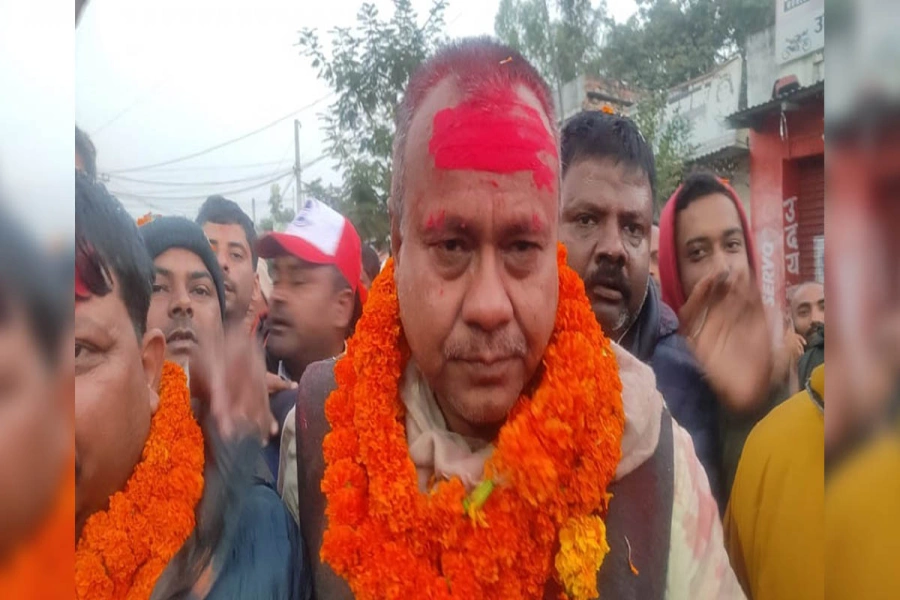Access to irrigation technology underpins easy and reliable water access. However, land ownership is a prerequisite to access water sources and finance to secure irrigation technologies. Yet, exploitative and unequal gender and caste relations determine access to and benefit from productive resources such as land and water.
Solar irrigation pumps (SIPs) are proven women-friendly technology. They are easy to use since they eliminate the burden of carrying pumps back and forth from the fields. In communities with restrictive gender norms in Tarai, Southern Nepal, women’s limited mobility, skills, and the ‘veil’ tradition (where their faces are to be covered, especially when interacting with older people or strangers) define women farmers' dependence on men. The limitations imply that women need the support of men in accessing markets for inputs, negotiating time and equipment, and irrigating their fields. These barriers have forced women, particularly those without men in the house or with migrant men, to irrigate fields during the night with a risk of gender-based violence or experience severe crop loss due to untimely irrigation (Shrestha, Clement, and Drown, 2018).
In our recent field visit to Saptari District in Eastern Tarai under the Solar Irrigation for Agricultural Resilience (SoLAR-SA) project, mother-in-law and daughter-in-law duo shared similar stories of easy operation of SIP for women farmers. Their family uses both diesel and solar-operated irrigation pumps. In their own words – “Women cannot handle diesel pumps and so they are operated by men, whereas women can easily operate the SIP since it just needs switching on and off. Another female farmer from a nuclear migrant household concurs with her neighbor’s experience in Hardiya municipality. She indicated that she would use water from the same solar pump, a year ago when it was functioning.
Changed gender roles for women do not necessarily transform unequal gender relations
Tapping into the sun

SIPs have enabled women farmers to cultivate cash crops like vegetables, meet everyday nutritional needs of the family, and earn an additional income. The solar pumps however, have been accessed by women through their husbands, who are educated, well-networked and own most of the family’s land. Solar pump distributing programs, whether through government or civil society efforts, have not been able to reach women and marginal farmers. Busy with household and farming roles, women do not have time to watch or listen to radio programs through which relevant agriculture information is advertised time and again. They are also not literate nor mobile enough to visit government offices to gain information on the existing subsidies and services. Women have started irrigating the fields, however, with no ownership in technology, income, and other benefits.
“He is ‘’malik [boss] ’’ of everyone. He keeps the income from agriculture and manages remittance from his migrant sons. He looks after his wife, daughter-in-law, and other family members. In our Madhesi community, our women are never ahead of men,” adds a 60-year-old male farmer in Roopani Municipality, when we were interviewing a family with SIP.
Gender equality and social inclusion impact depends on inclusive objective and design of Solar Irrigation Technology Projects
The main objective of most of the SIP programs in Nepal was to test the willingness of farmers to adopt the technology. The government granted 60% subsidy on SIPs. The criteria for these subsidies were ownership of land, an existing boring citizenship paperwork, and the willingness to invest the remaining cost. Thus, women and smallholders who form a majority of farmers in Nepal, but lack the assets and resources could not meet these criteria. Although in most of the projects the initial scheme covered 95-100 percent of the cost (due to additional subsidy by municipalities), the recipients of the subsidy were mostly farmers with larger holdings of land. Information flow was limited to male-dominated spaces particularly in areas near markets and accessible roads. Consequently, information about SIP was received by well-networked farmers and landowners.
Breaking Structural Constraints: Toward inclusive Solar Irrigation Pumps Technology
Existing evidence suggests targeted programs could reach and benefit smallholders. A small-scale collective model implemented by IWMI and IDE [funded by Australian Aid) in the same district targeted women, Dalits (disadvantaged group in terms of caste hierarchy prevalent in Nepal), and landless farmers provided them leased lands, small solar and electric pumps, relevant agriculture training and exposure visits on vegetable farming. The program also ensured that the groups had access to relevant government subsidies and schemes from nearby offices. This included getting the krishi meter (subsidized electricity line for agricultural purposes), and other small agricultural implements. Landless single women and Dalit farmers benefitted from the program. “We don’t have to buy vegetables now, however, one kattha of land [0.039 hectare] is not enough to meet our needs. I still sell wood and do wage labor to earn extra income, shared a Dalit male farmer. The collectives are functional after the project was phased out in 2019.
Undoubtedly, access to irrigation technology underpins easy and reliable water access, however, land ownership is a prerequisite to access water sources and finance to secure irrigation technologies. Yet, exploitative and unequal gender and caste relations determine access to and benefit from productive resources such as land and water. Leasing land is difficult for the poor landless farmers who are dependent on wage labor for their livelihoods. Land pooling could be a workable strategy to address land access issues provided land leasing and sharecropping arrangements are in favor of poor and marginal farmers. Furthermore, gender and socially transformative solar irrigation technology projects would entail combining increased agriculture productivity with targeted strategies and focused investment to adapt technology cost and design for smallholders, ensuring reliable market access and enhancing capabilities of women and marginal farmers.
(Gitta Shrestha is National Researcher and Labisha Uprety is Senior Research Officer and the International Water Management Institute, Nepal)




